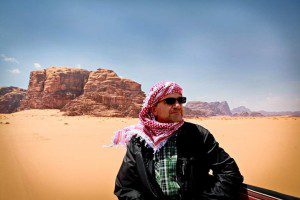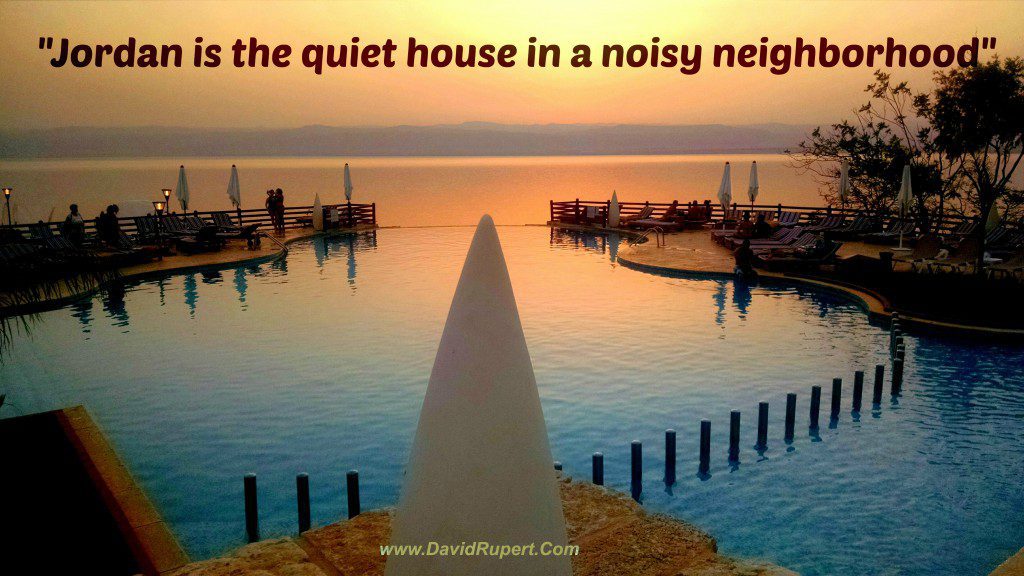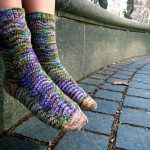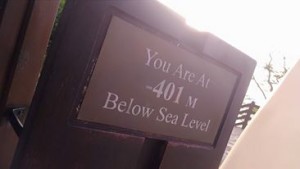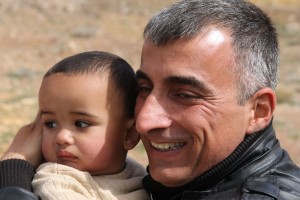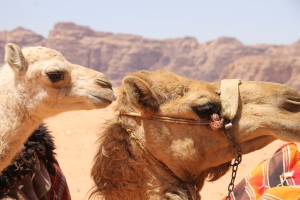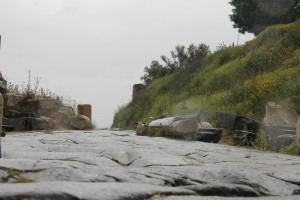(Looking for an inexpensive, personal way to visit Jordan? Check out the services of Raed Haddad at JordanExpert.com and he will guide you on what to do next. You will NOT be disappointed. It’s safe. It’s secure. It will change your life.)
Earlier this year, I spent 10 days in Jordan. After much reflection and research, I believe Christians who are looking for a pilgrimage visit to connect with their faith should consider Jordan.
My life was changed and I think yours can be too.
Is it safe?
Let’s get the first question out of the way. Is Jordan safe?
We’ve all seen the news of terrorism, random violence, and targeted extremism. It’s easy to lump the Middle East into a single bucket, but it’s not a fair consideration. Yes, Jordan has some “interesting” neighbors: Syria, Iraq, Saudi Arabia, and Israel. But the country hasn’t had a single act of terrorism since 2005 – something we can’t even say about the United States. In my ten days, I never felt unsafe – not one time.
Jordan has been called the quietest house in a noisy neighborhood.
Yes, the hotels had extraordinary security and at some of the tourist sites there were military vehicles with gunners mounted on the ready. The police and military personnel were all armed and very stern. But all of that made me feel safe.
If you are considering a trip to Israel, can you swear by your safety? There are elements within Israel that are hostile to Christians and the area will continually be a point of contention. So take the safe way out – visit Jordan.
How do the people feel about Christians?
I interviewed more than two dozen people in the country, from the mayor of Amaan to taxi drivers to shop keepers. “Do you hate Americans?” and “Do you dislike Christians?” were questions I always asked. And to the person, they expressed at a minimum an acceptance. And many actually were complimentary. One driver I spoke to told me this. “I am Muslim. I have dozens of friends who are also Muslim. I have one friend who is a Christian. If I have to trust my children with someone, he will be the one.” Another man told that Christians are known as “Hard workers and honest.”
I heard from more than one Muslim that “Christians were here first,” and they felt a duty to protect and respect them. I was stunned, expecting hostility or anger or some sort of religious fervor. I didn’t experience that. Certainly it happens, but not in my interactions.
You can also see this in how they respect the Christian Holy sites. Ancient Churches are protected and guarded. The Baptismal site of Jesus is a great national treasure that all citizens seem to take pride in. Other Christian icons – from statutes to mosaics are carefully preserved and their restoration is protected and funded by the government.
What’s a Christian to see?
It’s true you won’t see Golgatha. You won’t see the upper room or the Garden of Gethsemane. You won’t experience those iconic sites of Israel that you’ve always heard about. But in just a few hours in Jordan you can see sites that link the lives Moses, Joshua, Elijah, Elisha, John the Baptist, and Jesus Christ.
There are ancient churches, biblical cities and places of importance for bot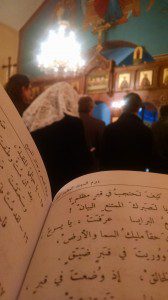 h the Jewish and Christian faiths. It is the ancient Moab and the home of Ammonites. The wandering people of Israel passed through its wilderness. More than 100 biblical sites have been named – and protected.
h the Jewish and Christian faiths. It is the ancient Moab and the home of Ammonites. The wandering people of Israel passed through its wilderness. More than 100 biblical sites have been named – and protected.
One of the most moving sites for me was Mt. Nebo. This is the very place that God took Moses to see the Promised Land. It’s visually stunning and you can almost hear God’s voice, laying out the quadrants of the future nation. It’s surprisingly low key. I sat on the mountain for more than 30 minutes by myself, drinking it in, wondering, thinking, praying.
The country also is home to the baptismal site of Jesus, Bethany Beyond Jordan. It’s an interesting contrast, because the river defines the Western border of Jordan and Israel. A yellow rope line divides the river and the two countries. Israel is just 40 feet away, but it’s worlds away from the way it handles the site.
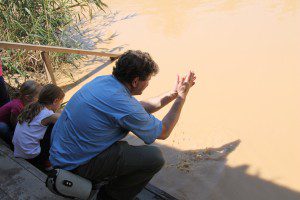 On the Israel side there are huge concrete edifices and crowds and people selling trinkets. Tour groups with leaders holding their signs above their heads lead pilgrimage-seeking lemmings to the water’s edge. By contrast, Jordan has a riverbank with rock and wood steps leading to the water’s edge. There is a dirt path that leads to the site with nary a sign. It’s simple – almost the way it was 2000 years ago. No people selling splinters from the cross. No salesmen pitching timeshares. Just a few other people and the quiet. In my mind, I saw images of that day when John the Baptist dipped the Savior in the water.
On the Israel side there are huge concrete edifices and crowds and people selling trinkets. Tour groups with leaders holding their signs above their heads lead pilgrimage-seeking lemmings to the water’s edge. By contrast, Jordan has a riverbank with rock and wood steps leading to the water’s edge. There is a dirt path that leads to the site with nary a sign. It’s simple – almost the way it was 2000 years ago. No people selling splinters from the cross. No salesmen pitching timeshares. Just a few other people and the quiet. In my mind, I saw images of that day when John the Baptist dipped the Savior in the water.
Close to Bethany beyond Jordan is the hill of Elijah, where the chariots of fire swept him away. Excavations reveal a church that occupied the hill nearly 1700 years ago.
Another stunning site was Umm Qais. This spectacular Roman City has some amazingly preserved ruins, complete with theater, colonnades, and archways. It’s also known as Gadarenes, the city where Jesus crossed over the Jordan and had
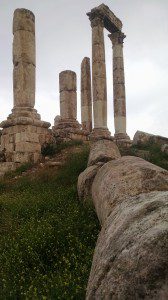
cast the demons into the swine. The townspeople pushed him out of their city out of fear and confusion. I stood in the middle of the ruins and invited Him back.
We stood in a church, named for Elijah, that dates back to A.D. 100. I stood on the floor of the church – the walls are long gone – and looked down. Hundreds of thousands of tiles still comprise the floor. There wasn’t a gift shop. There wasn’t a security guard looking down at me. It was just me, standing on the same ground as the early believers.
I loved the Dead Sea. It was amazing to float in its salty water, looking at Israel on one side, Syria to the north and Jordan on the other side. King David sought refuge on it’s banks. It’s rich, full of history and changed lives.
Surprisingly, the city of caves, Petra doesn’t have 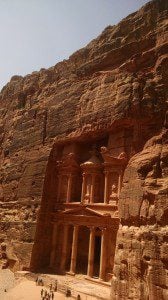 much direct biblical reference. But as one of the seven wonders of the world, it’s not to be missed. I don’t even know where to start with this gem. No photos or descriptors will even come close.
much direct biblical reference. But as one of the seven wonders of the world, it’s not to be missed. I don’t even know where to start with this gem. No photos or descriptors will even come close.
Madaba is known as the Mosaic City. Generations of ancient people used millions and millions of tiles to decorate their floors, their walls, and their public spaces. The floor of the St. George church contains a massive map of the Middle East that dates back to the sixth century.
There’s more to come
I’ll be writing more as I go through my notes and translate my interviews. There are many stories to be told about thriving faith, lessons we can learn, and journeys we can take.
If you visit Jordan, it’s impossible to be unmoved. It will change your life.
For photos and a complete guide to biblical Jordan, click here.
Below are two videos I was part of , where we were able to speak unscripted about our Jordan Journey


